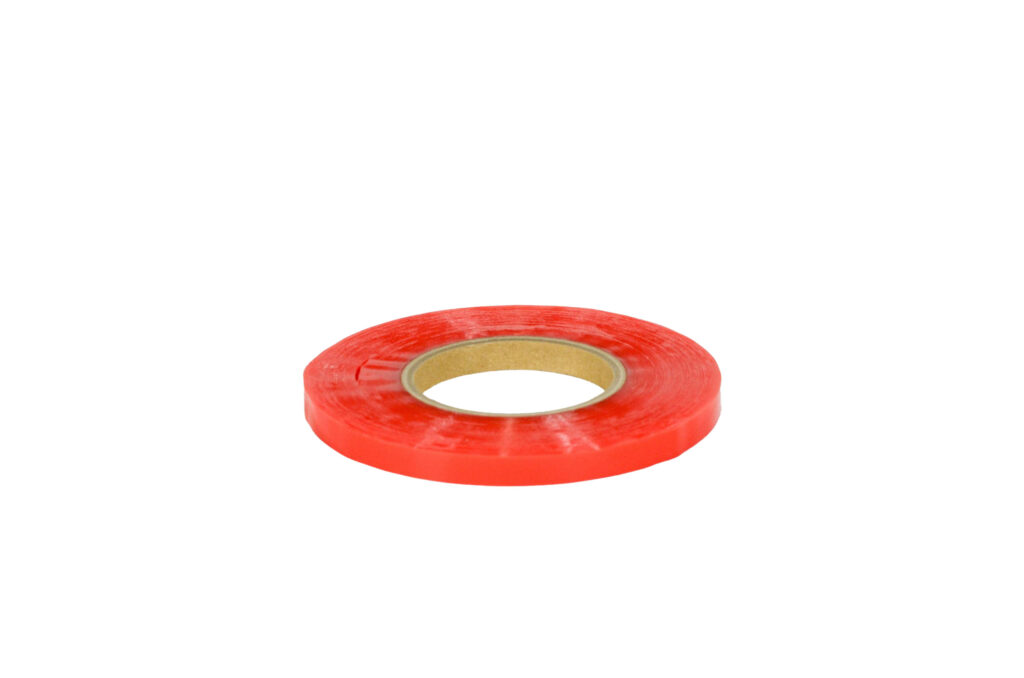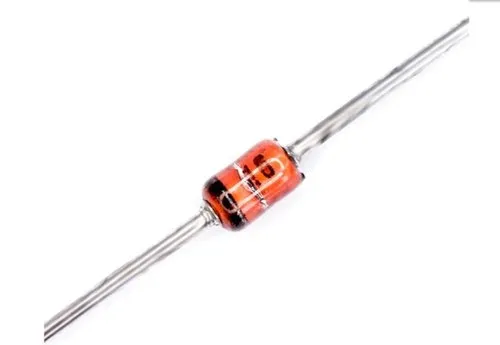
red tape tape
Introduction
If you’ve ever faced a last-minute repair job or needed a dependable solution that just sticks—literally—then you’ve probably turned to some form of heavy-duty tape. But not all tapes are created equal. Enter: Red Tape Tape, the unsung hero of the adhesive world. This powerhouse tape has quietly gained a cult following among DIYers, handymen, contractors, and even survivalists for one simple reason—it works, and it works ridiculously well.
Unlike generic duct tapes or those dollar-store specials that peel at the first sign of moisture, Red Tape Tape sticks around—through wind, rain, heat, and even the occasional accidental hammer strike. Whether you’re patching up a leaky pipe, rigging a temporary fix on your car, or just trying to win the war against a fraying cable, Red Tape Tape is the weapon of choice.
This article dives deep into what makes this red marvel a cut above the rest. From technical features and standout use cases to application tips and buying advice, we’ll cover it all. By the end, you’ll know exactly why Red Tape Tape should be a staple in every toolkit—and possibly in your glove compartment too.
1. What Is Red Tape Tape?

Red Tape Tape is more than just tape that happens to be red—though, let’s be honest, the color does give it a certain bold, no-nonsense vibe. It’s a high-strength, multi-surface adhesive tape designed for rugged environments and long-lasting fixes. Typically made with a reinforced backing (think cloth or mesh fiber) and an ultra-sticky rubber-based adhesive, it’s engineered to bond with surfaces that ordinary tapes shy away from.
What sets it apart from standard duct tape is not just the aesthetics, but the performance. It clings better to irregular, rough, or dirty surfaces, and it maintains adhesion even under high-stress conditions. It’s the kind of tape that laughs in the face of moisture, scuffs, or vibrations. Many variants of Red Tape Tape also boast resistance to UV rays and extreme temperatures, making them suitable for both indoor and outdoor applications.
The origin of Red Tape Tape is a little hazy, with several brands claiming variations of it, but the consensus is clear—it evolved out of a need for something stronger, tougher, and more reliable than conventional tape. Whether you’re dealing with home improvement tasks, emergency repairs, or creative projects, it offers a professional-grade solution in a consumer-friendly roll.
2. Key Features and Benefits
When people rave about Red Tape Tape, they’re not exaggerating. One of its key selling points is durability. This isn’t the kind of tape you use for a quick fix and then toss aside. Once it’s on, it stays on—often until you physically remove it, and even then, it might put up a fight. The adhesive is industrial strength, capable of handling weight, pressure, and environmental exposure.
Another standout feature is its versatility. Red Tape Tape sticks to everything—wood, metal, glass, plastic, concrete, even fabric. This makes it incredibly handy for odd jobs that require temporary (or sometimes permanent) fixes without the need for drills, screws, or heavy-duty tools. For instance, if you’re in the middle of a project and a cable needs bundling or a panel needs holding in place, Red Tape Tape delivers instantly.
It’s also weatherproof. Many variants can handle rain, snow, UV exposure, and heat. That makes it perfect for outdoor use, like sealing vents, wrapping hoses, or temporarily patching holes in tents or sheds. It even holds up well in automotive repairs, whether you’re sealing a crack in a bumper or holding a detached mirror in place until it’s replaced.
Lastly, the convenience factor can’t be ignored. It’s easy to tear by hand, doesn’t require special scissors, and can be applied within seconds. Whether you’re on a ladder or in a tight crawlspace, it works with you—not against you.
3. Top Uses for Red Tape Tape
The true magic of Red Tape Tape lies in its versatility. This isn’t just a tape for sticking posters or wrapping cables (though it can do that too). It’s a multi-use tool that’s trusted across various industries and applications, from home improvement to emergency scenarios.
Home repairs are one of the most common uses. Got a leaky pipe? Red Tape Tape can serve as a temporary waterproof seal until a plumber arrives. Dealing with a cracked window frame or weather stripping that won’t stick? A few strips of this tape can create a windproof, water-resistant barrier. It’s also perfect for bundling wires, patching holes in drywall, or even keeping furniture from scratching the floor.
In industrial and construction settings, this tape finds use in holding temporary insulation, sealing metal ducts, or marking hazards. Contractors love it because it adheres to concrete, rebar, and dusty materials—places where normal tape fails miserably.
On the road, Red Tape Tape is a must-have in any emergency kit. It’s been used to patch busted car bumpers, secure loose parts, and even hold cracked tail lights in place. It’s not a permanent fix, but it’ll definitely get you home or to the nearest garage.
Even DIYers and crafters love it. It can be used in costume-making, building models, and upcycling old furniture. The only real limit is your imagination—and maybe how much tape you have left on the roll.
4. How to Properly Use Red Tape Tape
Using Red Tape Tape might seem as simple as tear, stick, and done—but if you want the best results (and avoid sticky mistakes), there’s a bit more to it.
First, prepare your surface. Even though Red Tape Tape is known for sticking to rough and dirty surfaces, you’ll get optimal adhesion by giving the area a quick wipe-down. Remove dust, oil, or moisture with a dry cloth or alcohol wipe. This ensures the adhesive bonds properly and doesn’t start peeling at the edges.
Next, when tearing the tape, do it cleanly and avoid touching the sticky side with your fingers. Oils from your skin can compromise the adhesive. If the tape is thick, use scissors for precision, especially for clean corners or tight spaces.
Apply pressure firmly and evenly across the surface. Don’t just slap it on. Press down with your hand or a flat object to ensure full contact. The adhesive gets stronger the longer it sits, so avoid repositioning it too many times.
Also, be mindful of temperature conditions. While many Red Tape Tape products work in extreme temps, applying it in freezing or overly humid conditions can affect the initial bond. If possible, warm the surface slightly or use a heat gun for added grip in colder environments.
Pro tip: If you’re wrapping cables or hoses, apply the tape in an overlapping spiral motion—just like you’d wrap a bandage. It adds strength and distributes tension more evenly.
Conclusion
Red Tape Tape might not be a household name (yet), but for those in the know, it’s a must-have adhesive solution that earns its keep with every use. It’s strong, weather-resistant, easy to use, and sticks to practically anything. Whether you’re patching up a car, doing DIY home repairs, or braving the great outdoors, Red Tape Tape has your back—literally and figuratively.
Its combination of industrial strength and everyday usability makes it one of the most versatile tools you can keep in your drawer, garage, or tool belt. So the next time something breaks, tears, leaks, or falls apart, don’t reach for just any tape—reach for the red one.







2v8dq7